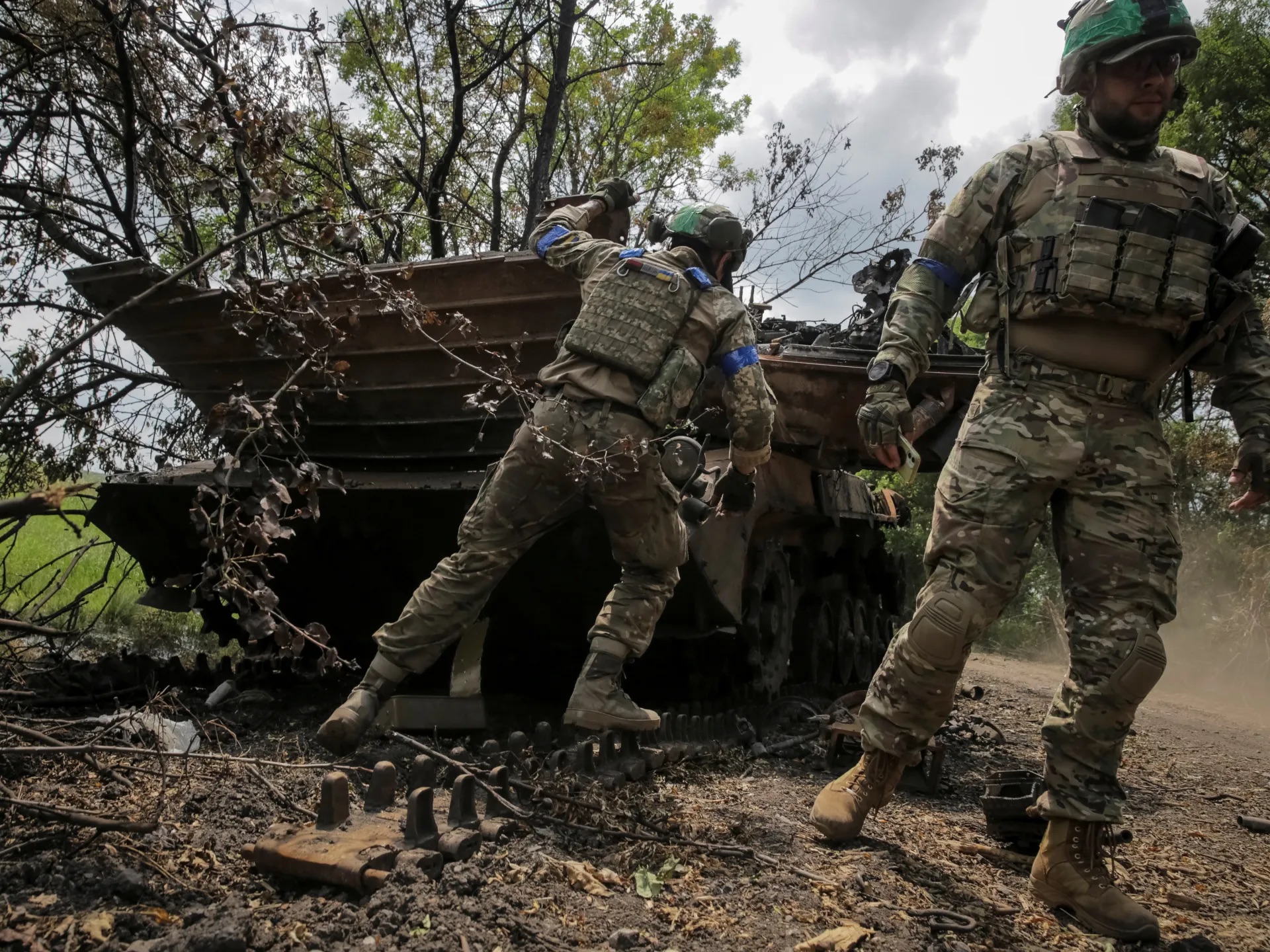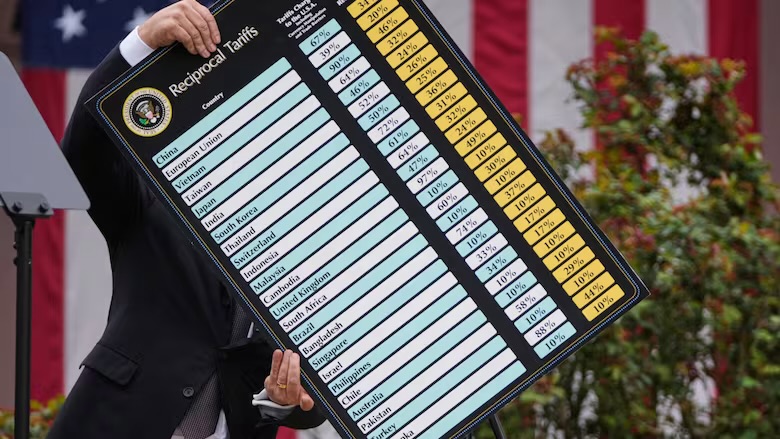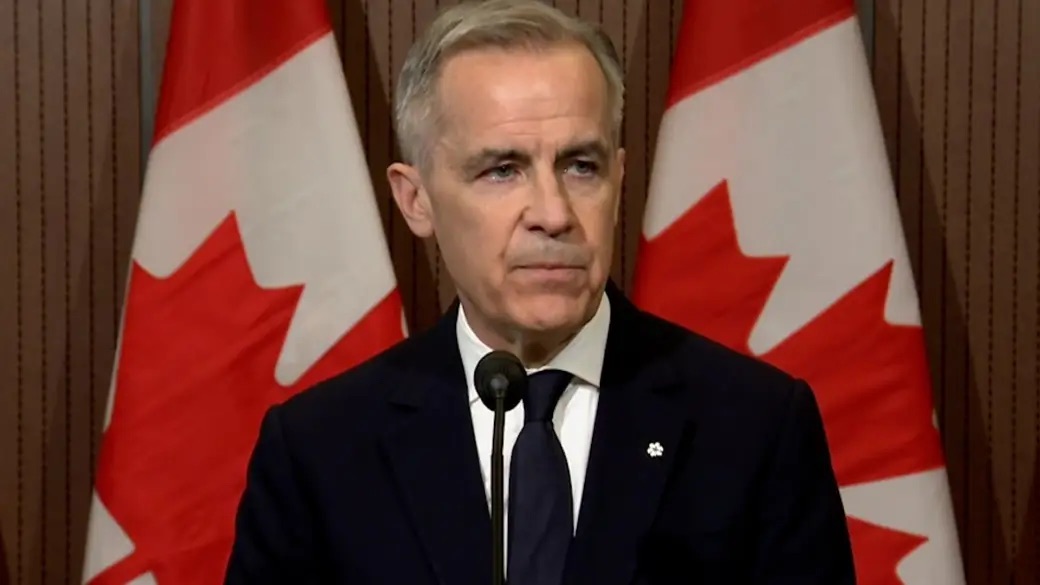Relentless in the Sky: Russia's Night of Drones
In the pre-dawn hours of March 30, the air above Kharkiv shimmered with menace. Russian forces deployed a formidable barrage of ballistic missiles and Shahed kamikaze drones, swarming like locusts over the cityscape. Their target: a military hospital already strained by weeks of casualties. Ukrainian air defense teams fought valiantly, downing 65 of the 111 incoming drones, yet the attack left two civilians dead and dozens wounded—both patients and medics caught in the chaos of war.
What marked this assault wasn’t just its intensity, but its evolution. Russian drones no longer strike blindly. Analysts revealed a chilling new tactic: high-altitude loitering to gather intelligence before orchestrating synchronized strikes. This level of coordination amplified the devastation, forcing Ukrainian defenders to adapt amid the smoldering aftermath stretching from Kharkiv to Odesa and Dnipropetrovsk oblasts.
Putin’s Political Gambit: The UN Proposal that Raised Eyebrows
Far from the frontlines, another kind of battle unfolded within the marbled halls of diplomacy. Kirill Logvinov, Russia's acting representative to the United Nations, unveiled a controversial blueprint: Ukraine, under a temporary international administration led by the UN. Framed as a peace-enabling compromise, critics saw it for what it truly was—a calculated move to unseat President Volodymyr Zelensky and legitimize a regime sympathetic to Moscow.
This proposal aligns with growing signals from the Kremlin aiming to erode Ukraine’s sovereignty without firing a shot. While the international community pondered its implications, Ukraine dismissed the scheme outright, calling it a diplomatic Trojan Horse built to disguise occupation with olive branches.
Power and Pressure: Trump Weighs In
From campaign podiums and press briefings, former U.S. President Donald Trump reemerged as an unpredictable—but undeniably influential—player in the Ukrainian saga. His latest pronouncements struck both East and West, lambasting Putin for stalling peace talks while warning Zelensky that reneging on a rare earth minerals deal with the U.S. would invite “big, big problems.”
Though often at odds with Washington’s traditional foreign policy stance, Trump’s voice carries weight. He struck a controversial balance, grilling both leaders yet keeping the door open for personal diplomacy. “I’ve known Putin for years,” he said. “We’ve always gotten along well.” Whether this relationship becomes a bridge to dialogue or a barrier to resolution remains to be seen.
Zelensky's Counteroffensive: Diplomacy, Defense, and Determination
Amid missiles and maneuverings, Ukraine’s President Zelensky has not flinched. Doubling down on his demands, he called for immediate reinforcement of Ukraine’s air defense systems and broader economic sanctions against Moscow. “Russia deserves increased pressure—to break its capacity to wage war,” he asserted in a televised address.
Behind closed doors, Ukrainian intelligence braced for what may come next: a fresh Russian offensive. Military analysts warned that the Kremlin may soon push aggressively in the East, seizing territory to improve its bargaining power in staggered ceasefire negotiations. “Any pause granted now,” one advisor said, “becomes the launchpad for the next attack.”
Diplomacy in a Deadlock: The Ceasefire Conundrum
Despite whispers of compromise, formal ceasefire talks have reached a chilling impasse. Moscow insists on sanctions relief as a precondition—terms Kyiv calls unacceptable. Meanwhile, proposed maritime corridors and humanitarian pauses hang in limbo, victims of mutual mistrust and political brinkmanship.
As global eyes turn toward the negotiation tables, it is clear that the battlefield is no longer defined by trench lines alone. The next moves—whether made through drone attacks in the dead of night, speeches before the United Nations, or tweets from U.S. campaign trails—may determine not just borders, but the balance of global order itself.









